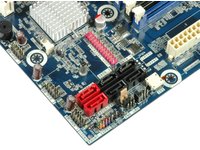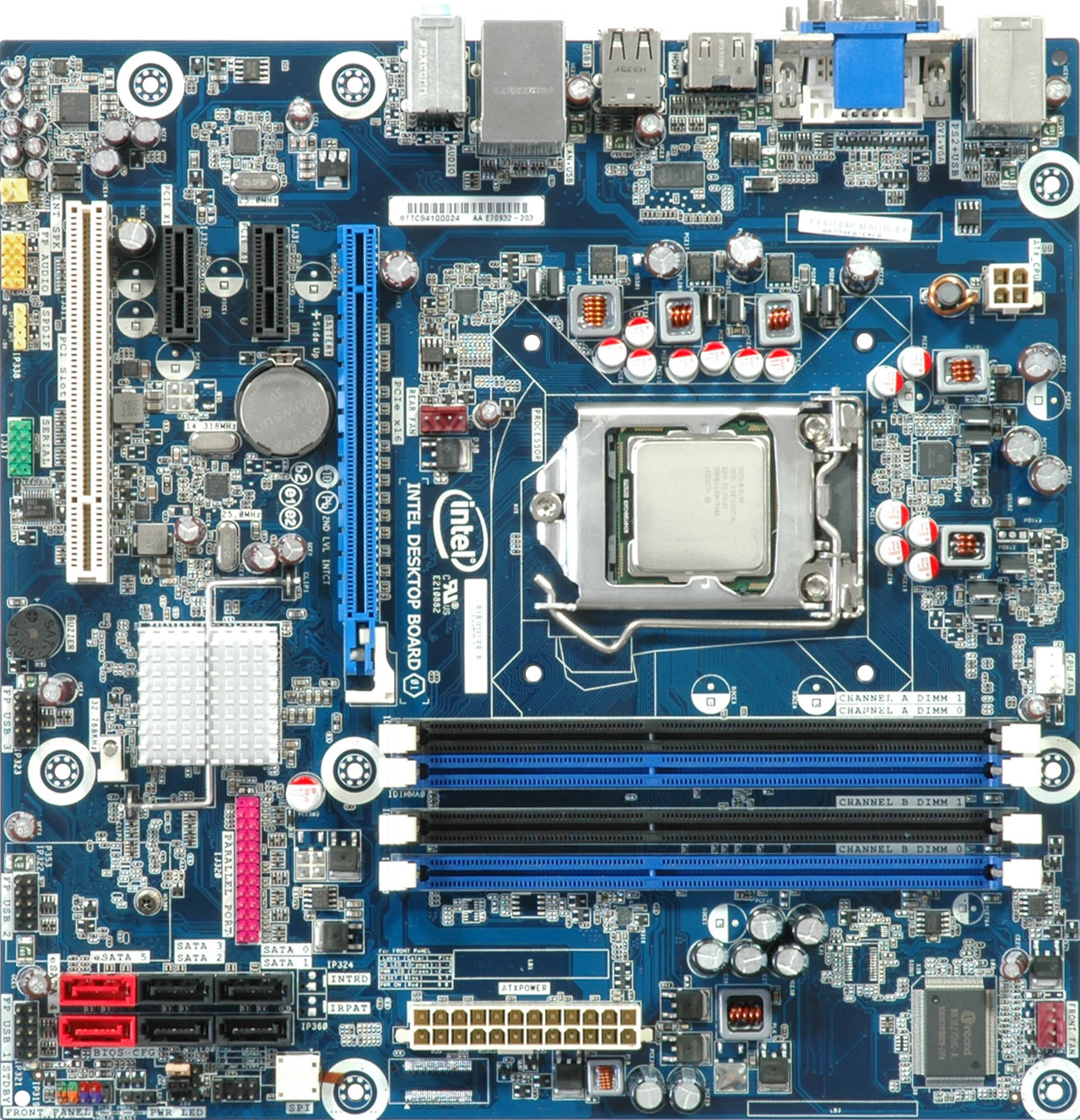Clarkdale's Efficiency: Core i5-661 Versus Core 2, Athlon II, And Phenom II
Clarkdale Platform: H55 (Intel DH55TC)
Intel's press kit for this launch consisted of Core i5-661 processors and the DH55TC microATX desktop motherboard with its H55 chipset. We used this board for the efficiency evaluation, since we haven’t had the chance to look at enough H55/H57 options.
First, a little chipset update: H55 is the base model for LGA 1156 platforms with integrated graphics, offering 12 USB 2.0 ports, HD Audio, gigabit LAN, six SATA/300 ports with AHCI, and six PCIe 1.1 ports. The H57 takes all this and adds two more USB 2.0 ports, two more PCIe lanes, and RAID capabilities. Finally, there is Q57, the professional version that comes with Active Management Technology and Trusted Execution Technology options.
This motherboard is positioned in Intel’s Media Series, aimed at all sorts of digital home PCs up to HTPC solutions. It offers one 15-pin D-sub analog port, one DVI-D, and one HDMI. You can plug a discrete graphics card into the x16 PCI Express 2.0 slot; this will switch off the integrated graphics unit. Switcheable graphics, available on mobile platforms built with the Arrandale CPUs, is not possible on the desktop.
The board implements five-phase switching voltage regulators, which include solid capacitors, but only for the processor voltage circuits. Four DIMM sockets will accept up to 16GB of DDR3 memory at DDR3-1333 or 1066 speeds. Overclocking is, in fact, supported on this motherboard through the use of BCLK frequency adjustments and memory multiplier overrides. However, voltage increases are not supported, which will likely limit how far you can take most LGA 1156 processors. The six SATA/300 ports do not support RAID of any sort, including RAID 0 or 1; for these, you'd need a platform centering on the H57 Express chipset. Being essentially mandatory these days, gigabit Ethernet networking and multi-channel HD audio (5.1+2-channel multi-stream, in this case) are also on-board.
Parallel and serial ports are supported, but not routed to the ATX connector panel. Instead, you’ll have to obtain and add the necessary connectors yourself. Six of the total 12 USB 2.0 ports are instantly available; the others can be added through integrated port headers. There is a combined PS/2 port for either a mouse or a keyboard. Lots of unused space in the connector panel could have been used for an eSATA port, digital audio connectors, or more USB ports, but Intel decided to keep a very low profile with this board.


Get Tom's Hardware's best news and in-depth reviews, straight to your inbox.
Current page: Clarkdale Platform: H55 (Intel DH55TC)
Prev Page Intel's Core i5-661 (Clarkdale) CPU Next Page Lining Up The Competition: AMD Athlon/Phenom II X2 And Intel Core 2 Duo

